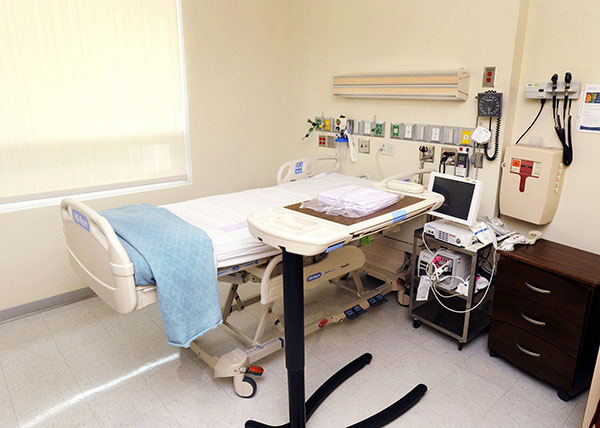US hospitals unprepared to handle Ebola waste
(Agencies) Updated: 2014-09-24 14:08
NOT IF, BUT WHEN
The worst Ebola outbreak on record is now projected to infect as many as 20,000 people in West Africa by November, while US officials have said that number could rise above 550,000 by mid-January without an international intervention to contain its spread. Experts say it is only a matter of time before at least some infected patients are diagnosed in US hospitals, most likely walking into the emergency department seeking treatment.
 |
| First UK volunteer gets experimental GSK Ebola shot in trial |
 |
| Medical team to fight Ebola in Sierra Leone |
The CDC has issued detailed guidelines on how hospitals can care for such patients, but their recommendations for handling Ebola waste differs from the US Department of Transportation, which regulates the transportation of infectious waste.
CDC advises hospitals to place Ebola-infected items in leak-proof containers and discard them as they would other biohazards that fall into the category of "regulated medical waste." According to DOT guidelines, items in this category can't be in a form that can cause human harm. The DOT classifies Ebola as a Category A agent, or one that is potentially life-threatening.
DOT regulations say transporting Category A items requires special packaging and hazmat training.
CDC spokesman Tom Skinner said the agency isn't aware of any packaging that is approved for handling Ebola waste.
As a result, conventional waste management contractors believe they can't legally haul Ebola waste, said Thomas Metzger, communication director for the National Waste & Recycling Association trade group.
- Ebola could hit up to 1.4m West Africans
- Unproven Ebola drugs are put on the fast track
- UN chief appoints special envoy for Ebola, head of UNMEER
- UN team to combat Ebola arrives in West Africa
- Lockdown a mixed success in Sierra Leone Ebola fight
- Ebola outbreak 'pretty much contained' in Senegal and Nigeria
- China's CDC develops Ebola virus reagent











